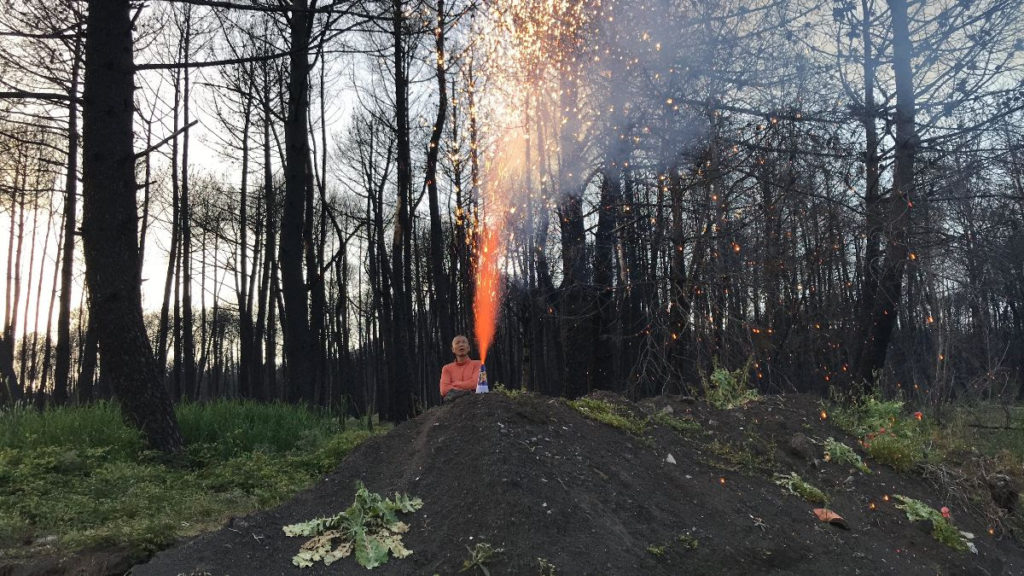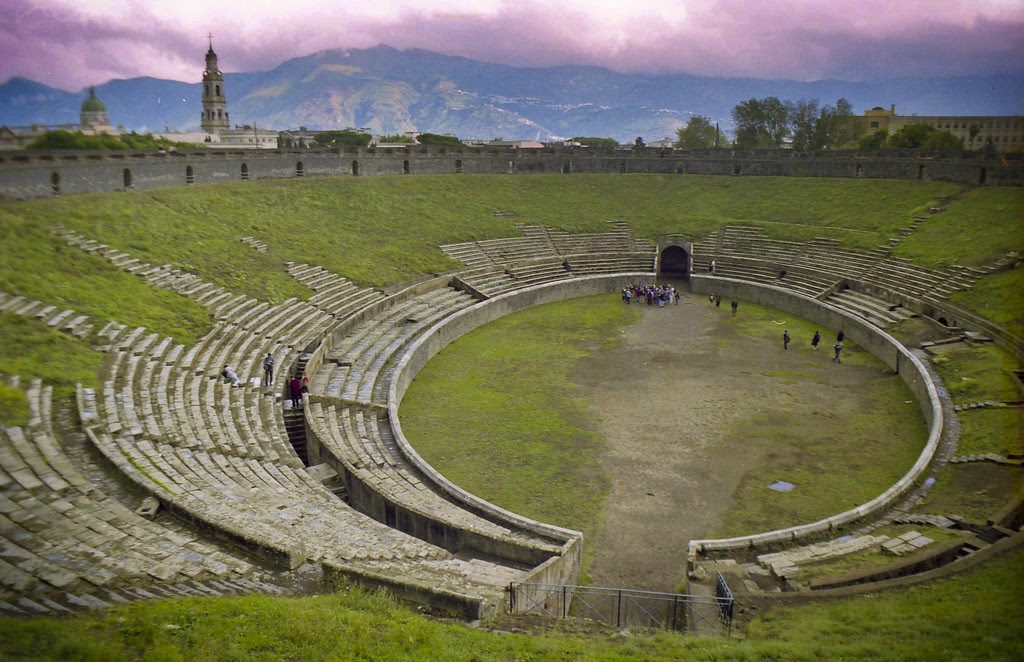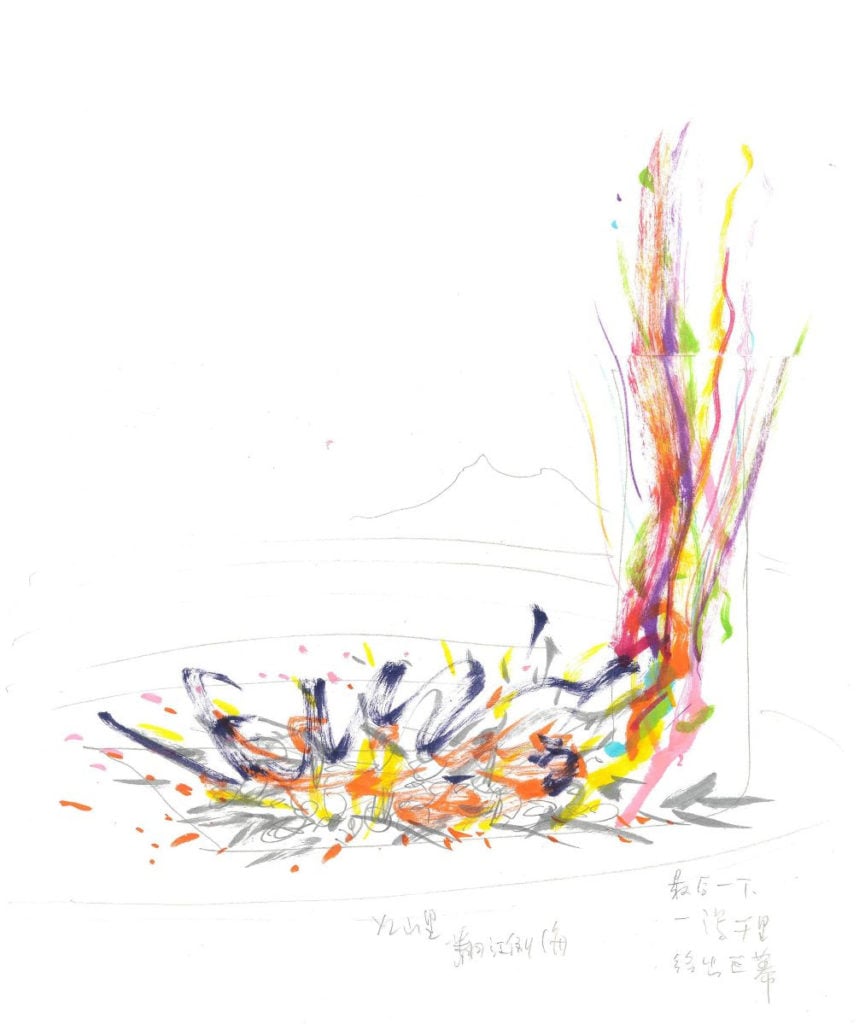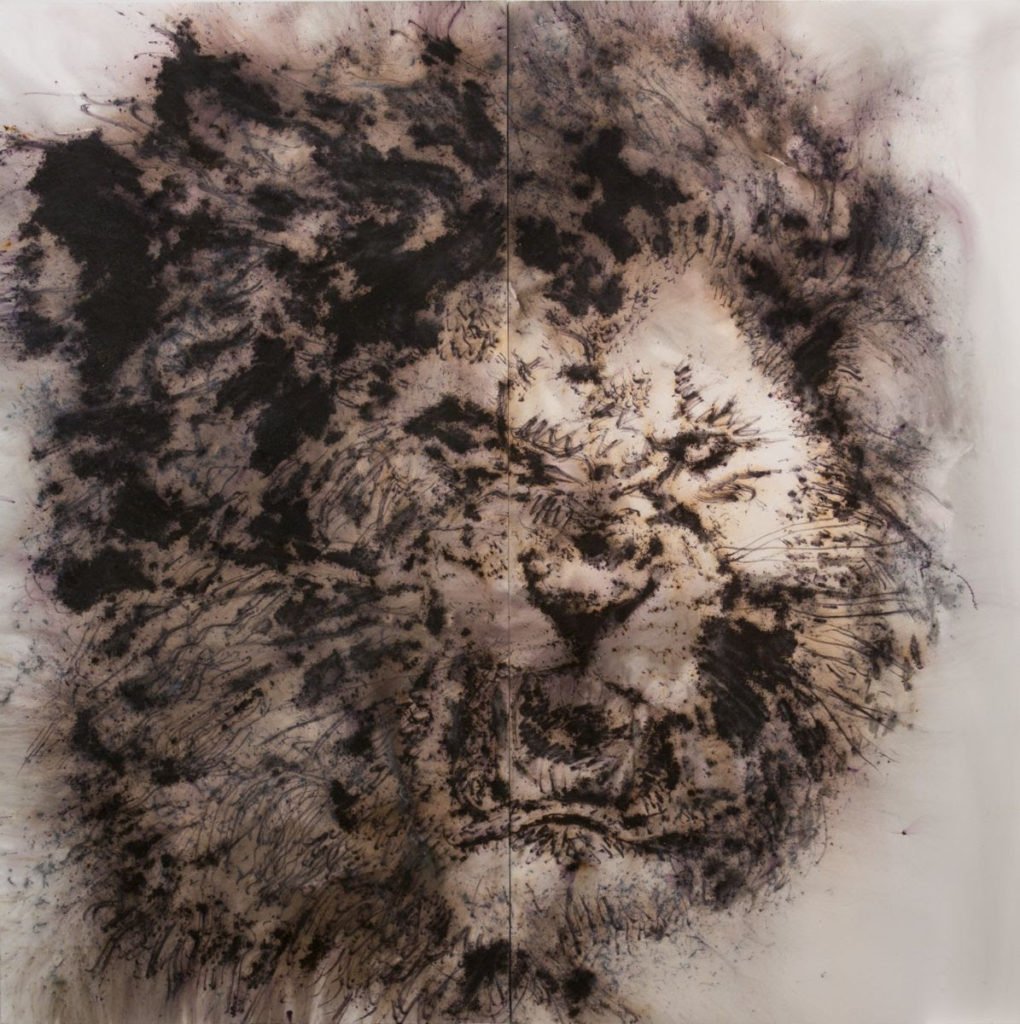Art & Exhibitions
Cai Guo-Qiang Will Blow Up a Volcanic Work of Art in the Heart of Ancient Pompeii
The Chinese artist's spectacular work in the ancient Roman city is part of an international tour that heads next to Paris.

The Chinese artist's spectacular work in the ancient Roman city is part of an international tour that heads next to Paris.

Kate Brown

The Chinese artist Cai Guo-Qiang’s is planning his most spectacular pyrotechnic installation yet, which will take place in Pompeii’s Roman amphitheater. The New York-based artist famous for his gunpowder works has been invited by the archaeological site to create a site-specific piece, the aftermath of which will form part of his solo show in the nearby city of Naples.
Inspired by the fate of the ancient Roman city, which was buried by an eruption of Mount Vesuvius, Cai’s work involves gunpowder, fireworks, an array of artifacts, and a vast canvas. It will culminate in an “excavation” of the resulting debris.
Working with a local fireworks company, Cai plans to ignite a large installation of artifacts on a 33-meter stretch of canvas inside the amphitheater at the foot of Mount Vesuvius. Items made of marble, glass, ceramics, and silk refer to the decadent life of the Roman city before it was covered in volcanic ash. Called Explosion Studio, the event is due to take place on February 21, a day before Cai’s solo show opens at the National Archaeological Museum of Naples.
“For this project, I have tried to let my hormones take the lead, creating something with a touch of ferocity,” Cai said in a statement. “In a time when people often strive to be overly civilized, cautiously polishing and cleansing their works, and even concepts which attempt to explain their works’ significance, can’t I simply stage an uncontrolled eruption, recalling the volcano and Pompeii’s doomsday? A wholly unexpected occurrence—something that just comes our way!”

Amphitheater of Pompeii.
Once Explosion Studio is lit up, a seething fire is due to rip across the work, recalling the aggressive crevices cut by lava thousands of years ago. In the background, hundred of fireworks will explode in tandem. The experience will be over within a few minutes. Cai and his team will then enter the site and uncover these newly created works, which will be included in his exhibition in Naples alongside new gunpowder paintings created in his New York studio.
The spectacular work for Pompeii and solo show in Naples is part of an ongoing, multi-year exhibition project called “An Individual’s Journey Through Western Art History.” Cai began by juxtaposing his work with Russian avant-garde pieces at the Pushkin Museum in Moscow. In late 2017, Cai transformed a part of the Prado Museum in Madrid into a fiery artwork factory. At the Uffizi in Florence, Cai presented “Flora Commedia” last November, where he also held an explosion event called City of Flowers in the Sky, which was inspired by Botticelli’s Renaissance masterpiece Primavera in the museum’s collection.
According to a statement, Cai is planning further exhibitions in dialogue with the Middle Ages, Impressionism, and Modern art. After Naples, he heads to Paris for a museum exhibition at a venue to be announced.
The director-general of Pompeii, Massimo Osanna, is keen to feature more contemporary art. In 2017, exhibitions at Madre, the contemporary art museum in Naples, included finds from the Roman city alongside archaeological-inspired works by Daniel Buren, Laure Prouvost, Jimmie Durham, Adrian Villar Rojas, and Mark Dion, among others.
“In the Volcano: Cai Guo-Qiang and Pompeii” is on view from February 22 through May 20 at the National Archaeological Museum of Naples.

Cai Guo-Qiang, Study for Pompeii No. 2 (2018). Photo by Yvonne Zhao, courtesy Cai Studio.

Cai Guo-Qiang, Sketch for Pompeii (2018). Courtesy Cai Studio.

Cai Guo-Qiang, Study for Pompeii: Fierce Lion (2018). Photo by Yvonne Zhao, courtesy Cai Studio.